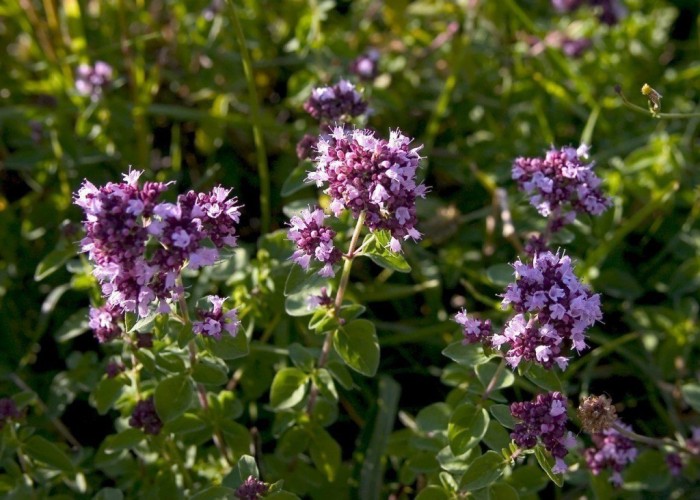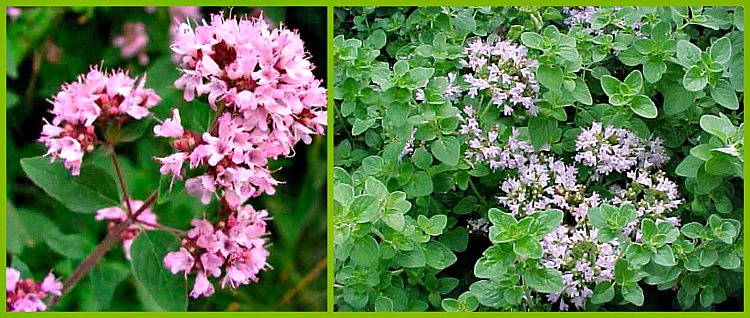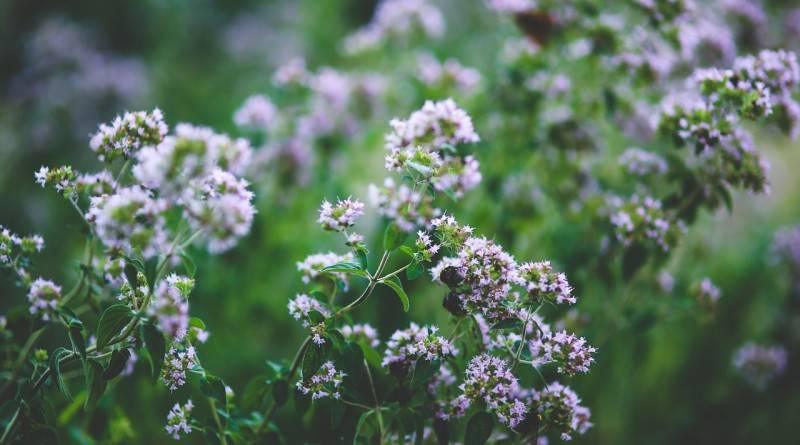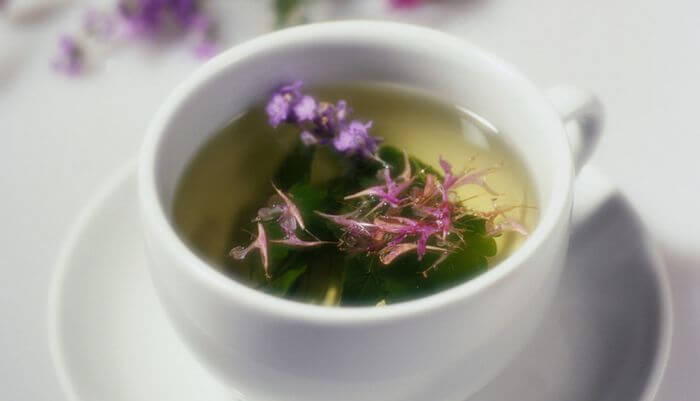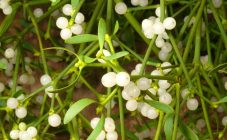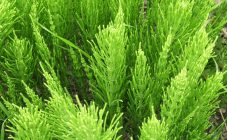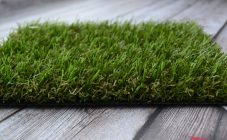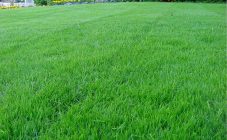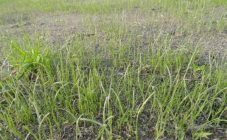Content:
Among medicinal herbs, oregano occupies a special place, otherwise it is also called oregano. This plant is highly regarded in folk medicine for its many medicinal properties, as well as in cosmetology. Description and properties of culture, as well as other useful information about oregano are the topic of this article.
Description of culture
In Russia, oregano herb is found naturally in most regions. This unpretentious plant can be found on the edges of the forest, in meadows and in small ravines, on the slopes of hills, it can even grow in forests. Oregano herb is also widespread in nature in many countries of the European continent as well as in many regions of the Mediterranean. This medicinal herb is native to some countries of the African and Asian continents.
In North America and in many Mediterranean countries, this medicinal herb is grown over large areas, obtaining an excellent spice from raw materials, and also producing an essential oil.
The plant got its name due to the delicate and delicate aroma of flowers.
Other names for oregano:
- sweetheart grass;
- douche;
- motherboard;
- weevil;
- incense;
- matserdushka;
- dushmyanka herb;
- oregano.
What does oregano look like, what is this herb? In height, this plant can reach 0.7-0.8 m, but you can find single specimens up to 1 m high. The root system consists of a central root and many lateral branches, sometimes the roots of the plant can be creeping. Stems are erect, small flowers bloom at the top of each shoot, collected in umbellate inflorescences. The color of the petals is pink or purple. The foliage is soft emerald, elongated, with pointed tips, the length of the leaf plate is about 3 cm. This perennial begins to bloom from the beginning of July.
Oregano grass in the first year increases the vegetative mass, and begins to bloom only in the second year. In one place, this plant can grow for at least 4 years.
Varieties
There are about 50 types of this herb in total. The characteristics of the most famous and popular varieties will be described below.
- Oregano - has opposite oval-shaped petiole leaves, flowers with a dark purple calyx and light pink petals;
- Oregano marjoram (marjoram) - a herb similar to oregano, a plant of medium height, foliage - emerald, with a light gray bloom. Small white flowers are collected in spikelets. Differs in a pleasant spicy smell;
- Small-flowered oregano - the appearance of this species is very similar to a reduced version of marjoram. The dried herb is included in Turkish mixtures of a variety of herbs;
- Turkish oregano - is a heat-loving plant, differing in taste and smell from the common oregano growing in our country;
- Cretan oregano is a herbaceous plant, with small flowers of deep pink color, collected in inflorescences, the leaves are purple, oblong;
- Algerian oregano - rarely found outside Algeria, it is most commonly used in cooking.
A number of varieties and species can be found in garden plots, where they are grown for beauty, as well as because of the delicate pleasant aroma that blooming buds exude.
Sweet herb: properties of culture
No wonder the sweetheart is considered a medicinal plant, because the composition of the vegetative mass and flowers includes a large number of various useful active substances:
- essential oils;
- phytoncides, including thymol, carvacrol, sesquiterpines, geranyl acetate;
- proteins;
- cellulose;
- phenolic and tannins;
- antioxidants;
- macro- and microelements: calcium, magnesium, sodium, phosphorus, iodine;
- vitamins: groups B, PP, K;
- vitamin C;
- carotenoids.
Such a complex of nutrients determines the healing properties of this perennial. Oregano greens have the following medicinal properties:
- antispastic;
- anthelmintic;
- sedatives;
- regenerating;
- anti-inflammatory;
- antibacterial;
- improve lactation;
- antimicrobial;
- diuretics;
- diaphoretic;
- antirheumatic;
- pain relievers;
- antihistamines;
- hypotensive;
- expectorant;
- softening;
- anti-sclerotic.
In addition, infusions and decoctions based on this medicinal perennial stimulate normal bowel function. Oregano-based preparations are especially good at helping with coughing, as they have expectorant properties. Therefore, oregano is a part of breast preparations, it is used for the preparation of drugs prescribed for whooping cough, bronchitis, pneumonia, as well as for colds accompanied by a strong cough. The use of preparations based on oregano helps to alleviate sore throat with angina.
In folk medicine, there are many recipes based on this herb. Infusions and decoctions are used:
- with nervous disorders;
- with neuroses;
- with sleep disturbance;
- with epilepsy.
Brewed herbal tea with oregano can be drunk to relieve severe stress and depression, as it helps to relax the nervous system.
You can use drugs based on this medicinal perennial for some disorders of the digestive tract:
- with gastritis with low acidity;
- with spasmodic phenomena in the stomach;
- with inflammation of the liver;
- with jaundice;
- with the accumulation of gases in the intestines;
- with cholecystitis;
- with constipation;
- with colitis.
Also, baths with infusion of this herb are recommended for scrofula, various skin diseases and rashes.
For some female diseases, this herb is also indispensable. Decoctions are used in the treatment of cystitis, oregano-based preparations together with other drugs can be used to treat amenorrhea, polycystic ovary disease and some other diseases.
Oregano is used along with thyme, rosemary, marjoram and black pepper in cooking. Add a mixture of these seasonings shortly before cooking. Oregano can be seasoned with vegetable stew, first courses and fish dishes, when frying meat or chickens in the oven, used when pickling vegetables.
Diseases and pests, control methods
Oregano is rather a weed (although it is a medicinal plant), therefore it is practically not affected by diseases or pests. However, sometimes aphids can settle on the foliage of this perennial. In this case, you cannot use fungicides and other chemicals. Usually, the foliage is treated with soapy water, or dusted with a mixture of tobacco and ash. Also, to combat this pest, you can use a solution of slaked lime - dilute 1 kg per 5 liters of water.
Useful information about the plant
Oregano grass a few decades ago was considered a weed, so many gardeners mercilessly destroyed it.
The beneficial properties of this plant for human health are undeniable. However, oregano also has contraindications that you should be aware of:
- with a tendency to an allergic reaction to the substances that make up oregano, it is impossible to take infusions, decoctions and other means with this plant. If the first signs of allergy appear, taking medications containing oregano should be stopped and a doctor should be consulted to prescribe antihistamines. Overuse of ordinary herbal oregano tea can also cause anaphylactic shock.
- oregano can increase blood pressure, as well as create additional stress on the heart. Therefore, if a person has heart problems, then oregano should not be taken in large quantities and for a long period;
- you can not use it for children and adolescents;
- in large quantities, this medicinal plant causes impotence.
Thus, oregano can be not only beneficial but also harmful. Therefore, before using medications based on oregano, you should consult your doctor.
You can use the vegetative mass and flowers not only fresh, but also in dried form. Collect raw materials for drying should be during the flowering of oregano - from early July to mid-August.
The flowers are cut along with the stems and put to dry in a draft in the shade. Then the raw material is threshed, removing coarse shoots. Store dried oregano in a glass container in a dry place. This dried medicinal herb retains its healing properties for 4 years.
Based on the above, it is clear what the oregano herb looks like. It can be a common garden weed, used for medicinal purposes, or it can be used as a flavoring in drinks and dishes.
